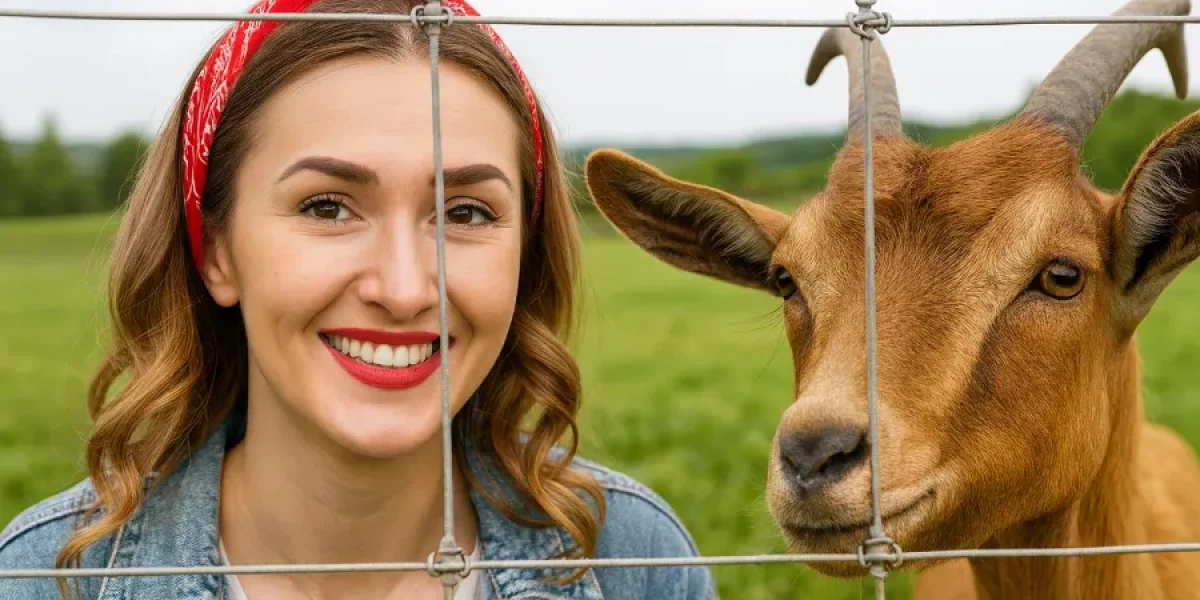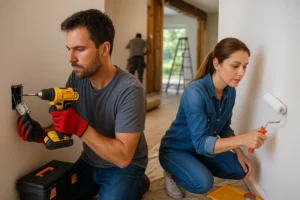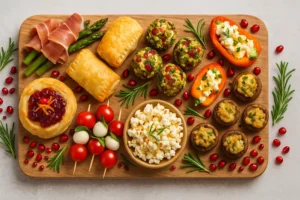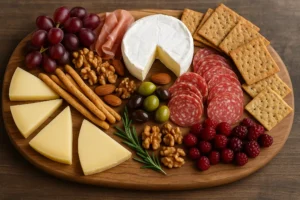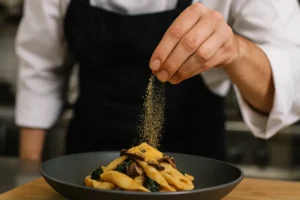When I first started raising goats, I spent more time chasing them down the road than actually caring for them. These animals are clever, persistent, and far better escape artists than most people give them credit for. After trying several options, I finally discovered that nothing works as consistently as a woven wire goat fence. Once I switched, the daily escapes almost completely stopped.
In this post, I’ll share my experience with goat fencing, goat fence options, fencing for goats, goat fence panels, woven wire fence, electric fence goats, farm fencing, livestock fencing, goat panels, and ultimately what I consider the best goat fence for keeping your herd safe and secure.
Goat Fencing: Why Goats Are Different
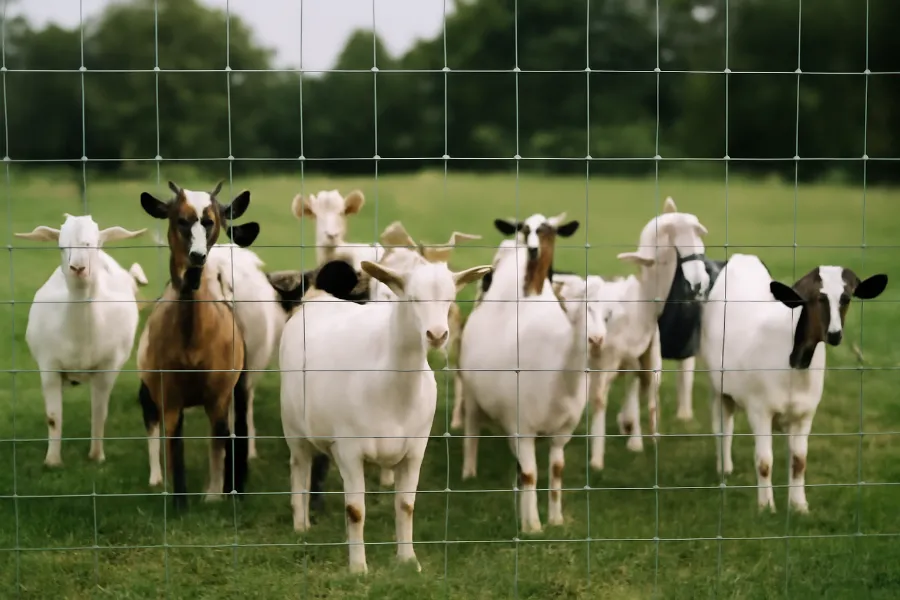
Most animals respect boundaries. Goats do not. They’ll lean, climb, and test every corner until they find a weak spot. That’s why goat fencing has to be more than just a barrier—it has to be a strategy.
A solid goat fence should provide:
- Enough height to deter jumping (4 to 5 feet minimum)
- Small mesh to prevent heads from slipping through
- Strength to resist constant pushing
- Flexibility to handle uneven ground
- Long-term durability
Without those basics, goats will outsmart or outmuscle your setup.
Goat Fence: My Early Mistakes
I started with welded wire, thinking it would be fine. Within days, my goats were either squeezing through or bending the mesh. Welded joints simply aren’t built for goat pressure. Once bent, they don’t bounce back.
When I replaced it with woven wire, the difference was immediate. The woven style flexes when pushed, then snaps back into shape. That little bit of give makes all the difference. A proper goat fence needs resilience, not just rigidity.
Fencing for Goats: Key Features
If you’re building fencing for goats, here’s what to keep in mind:
- Height – Four feet is the minimum, but five is safer.
- Mesh size – 4” x 4” or smaller to keep kids and horns safe.
- Strong posts – Deep-set corners with bracing, and line posts every 8–12 feet.
- Flexibility – Wire that can flex under pressure is far less likely to fail.
- Predator protection – Tight bottoms, no gaps, and optional electric strands.
Goat Fence Panels: Where They Work Best
Goat fence panels are excellent in small spaces. They’re rigid, sturdy, and quick to set up. I use them in kidding pens and around my barn.
- Pros: Strong, fast to install, no stretching required.
- Cons: Expensive per foot and heavy for large pastures.
For me, panels are best for pens, not boundaries.
Woven Wire Fence: Why I Trust It
The woven wire fence is the backbone of my farm. Here’s why:
- Durable: Withstands pushing and leaning.
- Cost-effective: More affordable than panels for long stretches.
- Safe: Small openings keep kids inside and predators out.
- Long-lasting: With proper posts, it lasts for decades.
This style of fencing flexes without breaking, which is exactly what goats demand.
Electric Fence Goats: A Useful Add-On
An electric fence for goats works best when combined with woven wire. Goats’ thick coats often insulate them from a light shock, so electric alone isn’t reliable.
I’ve had success using:
- A top hot wire to deter climbing or jumping
- A bottom hot wire to stop digging
- Training sessions early on so goats respect the zap
Electric fencing adds security, but I never rely on it by itself.
Farm Fencing: Why General Options Don’t Always Work
General farm fencing often looks cheaper up front, but goats will quickly prove its weaknesses. Large mesh sizes, short heights, or light-gauge wire make it easy for them to escape.
What works for cattle or horses rarely works for goats. They need fencing designed with their habits in mind.
Livestock Fencing: Not Always Goat-Friendly
“Livestock fencing” is a broad term. Some versions work for goats, but many don’t. Sheep fencing often has holes too large. Cattle fencing is too low. Horse fencing can sag under pressure.
If you go this route, double-check the specifications. For goats, stick to fencing with small mesh, proper height, and the strength to handle constant abuse.
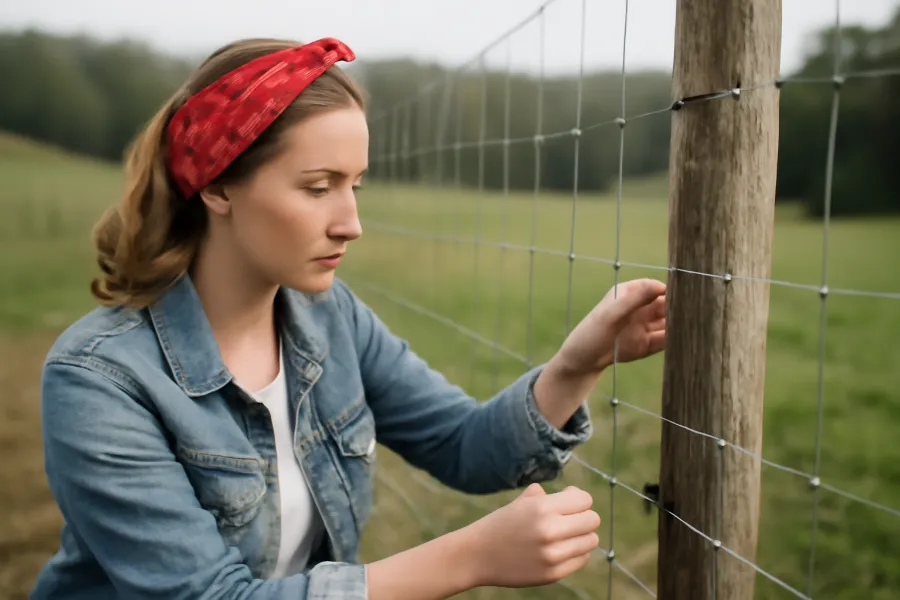
Goat Panels: A Practical Supplement
I keep goat panels on hand for quick fixes and small spaces. They’re invaluable when I need a temporary pen, a sickbay, or a sturdy divider. Because they’re rigid, goats can’t bend or stretch them like wire.
For long boundaries, though, I’d never choose panels alone. The cost per foot adds up fast.
Best Goat Fence: My Formula
After trial and error, here’s my formula for the best goat fence:
- Woven wire fence as the primary boundary
- Goat fence panels for pens and high-traffic areas
- Electric strands as reinforcement at the top or bottom
- Deep-set posts with bracing at corners
- Consistent inspections to fix problems early
This combination balances strength, cost, and practicality.
Tools and Materials I Use
Building the right fence starts with having the right gear.
Tools:
- Post-hole digger or auger
- Wire stretcher
- Fencing pliers
- Hammer and staples
- Tensioners and insulators
- Level and tape measure
Materials:
- Wooden or metal corner posts
- T-posts for line support
- Rolls of woven wire
- Goat panels (for pens)
- Gates with secure latches
- Electric charger and wires (optional)
Steps for Installing a Woven Wire Goat Fence
- Plan the layout. Sketch your fence lines and gate locations.
- Set corner posts. Anchor them deep and brace securely.
- Place line posts. Spaced 8–12 feet apart.
- Stretch the wire. Tighten with a stretcher for no sagging.
- Secure wire. Fasten with staples or clips.
- Install gates. Use goat-proof latches.
- Add electric strands. Optional, but very effective.
- Walk the line. Check for weak spots before turning goats in.
Maintenance: Keeping Fences Goat-Proof
Even the best fence won’t last forever without care. I make it a habit to:
- Walk the fence line weekly
- Tighten sagging wires quickly
- Replace damaged posts early
- Clear vegetation from electric strands
- Double-check gates and latches
Preventive maintenance saves me far more time than chasing goats ever did.
Lessons Learned the Hard Way
- Welded wire fails fast. Don’t bother with it.
- Weak corners collapse. Invest in strong posts and braces.
- Simple latches don’t cut it. Goats learn fast. Use double latches or chains.
- Regular checks matter. A small gap today is a wide-open gate tomorrow.
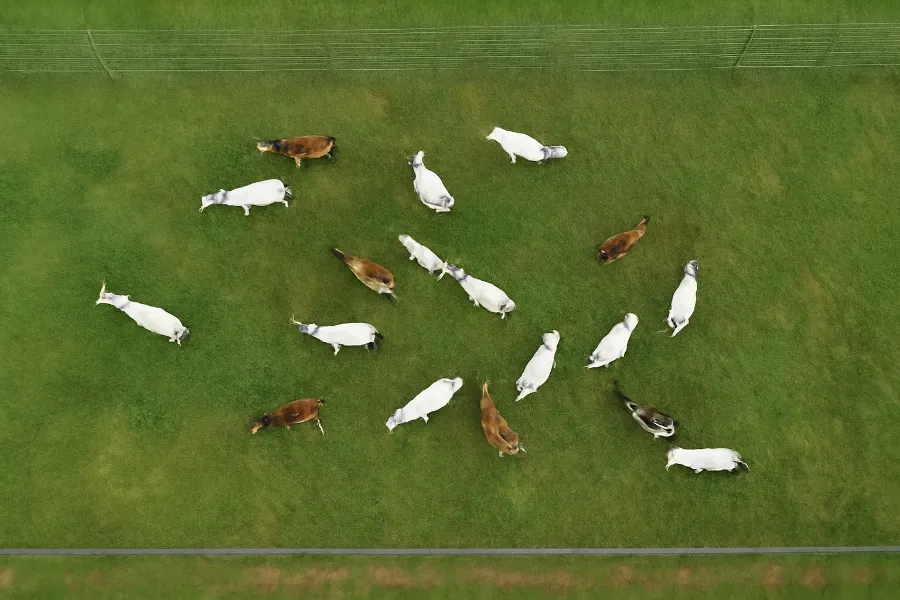
Final Thoughts
Goats are a joy, but only if you’re not chasing them every morning. For me, the woven wire goat fence has been the difference between constant frustration and a secure, easy-to-manage herd. Combined with strong posts, panels for small spaces, and maybe a strand of electric, it creates the most reliable system I’ve ever used.
If you’re serious about raising goats, don’t skimp on the fence. Build it right the first time, and you’ll enjoy your goats instead of hunting for them in the neighbor’s garden.
FAQs
Woven wire flexes under pressure instead of breaking like welded wire. That flexibility makes it much more durable against goats pushing or leaning.
Most goats need a fence at least 4 feet tall, though 5 feet is safer for larger or athletic breeds. Adding an electric strand at the top can help too.
Electric fencing by itself is unreliable since goats’ thick coats often block shocks. It works best as reinforcement with a woven wire goat fence.
A 4” x 4” mesh or smaller prevents kids from slipping through and keeps horns from getting stuck. Larger openings lead to more escapes.
With solid posts and regular maintenance, it can last 15–20 years or more. Proper installation makes all the difference.
Panels are strong and quick to set up, but they’re expensive for large pastures. Woven wire is more cost-effective for bigger areas.
You’ll need post-hole diggers, fencing pliers, a wire stretcher, and strong posts. Adding staples, clips, and an optional electric charger completes the setup.

